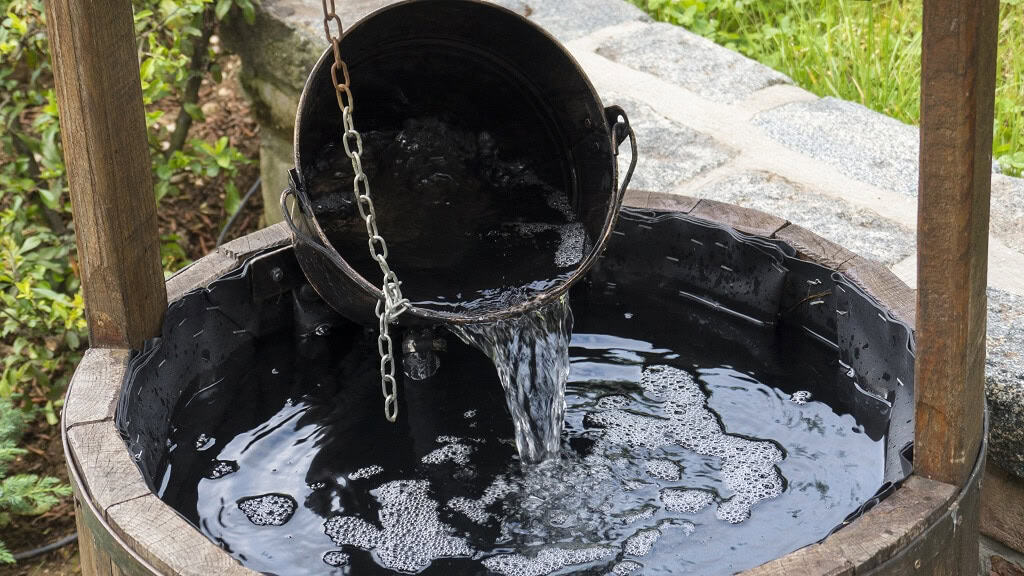Keeping our communities clean isn’t just about superficial appearances. It’s about fostering an environment that promotes health, well-being, and sustainability. In this article, we’ll explore why community cleanliness is so crucial and provide strategies for engaging community members in keeping shared spaces clean. We’ll also discuss innovative tools and methods for maintaining cleanliness and offer tips on measuring the impact of these initiatives.
Why Community Cleanliness Matters
Community cleanliness plays a critical role in both health and environmental contexts. Clean environments help reduce the spread of diseases, pests, and pollution. When waste is managed properly, it reduces the chance of contamination of air, water, and soil, protecting both humans and wildlife.
A clean community contributes to overall well-being. People naturally feel better in tidy spaces, which can lead to increased community pride and participation. Cleanliness encourages outdoor activities, boosting physical health and fostering stronger social connections among community members.
Community cleanliness also impacts local economies by attracting tourists and new residents. Clean, well-maintained areas are more appealing, potentially increasing property values and driving economic growth. This underscores the value of investing in cleanliness initiatives to sustain long-term community prosperity.
Challenges in Maintaining Community Cleanliness
Despite its significance, maintaining community cleanliness presents numerous challenges. One major hurdle is the sheer volume of waste produced regularly. Without proper waste management systems, litter can quickly accumulate, overwhelming public spaces and infrastructures.
Another challenge is the lack of public awareness or involvement. Many community members may not realize the impact of littering or neglecting waste disposal responsibilities. This mindset can lead to a culture where cleanliness is left solely to municipal authorities rather than a shared community effort.
Resource constraints can also impede efforts to maintain cleanliness. Many communities have limited funds or personnel dedicated to managing waste, making it difficult to keep up with necessary cleaning and maintenance work. Creative solutions and collective involvement become vital for overcoming these challenges.
Making Cleanliness a Shared Responsibility
For community cleanliness initiatives to succeed, everyone must play a part. Start by fostering community pride and responsibility through education and awareness campaigns. Highlight the importance of cleanliness and its benefits to personal and community health and prosperity.
Encourage community members to take ownership of their environment by organizing clean-up events. These events can bring people together, fostering teamwork and collaboration. Promote these activities through local newsletters, social media, or community centers to maximize participation.
Local businesses and organizations can also play a role in supporting cleanliness initiatives. They might sponsor clean-up events or provide necessary supplies, like trash bags or gloves. By getting involved, businesses can demonstrate corporate social responsibility and strengthen ties with the local community.
Strategies for Engaging the Community
Engaging the community in cleanliness initiatives requires creativity and persistence. One effective strategy is to partner with local schools and youth organizations. Through workshops and hands-on activities, young people can learn about the importance of cleanliness and actively contribute to maintaining it.
Create incentive programs that reward community members for their participation in cleanliness initiatives. This could be anything from a simple recognition system to offering discounts or prizes sponsored by local businesses. Incentives can motivate individuals to stay committed to keeping their neighborhoods clean.
Considering roll-off dumpster rental services, like those in Salt Lake City, can improve waste management efficiency. These large dumpsters can accommodate significant volumes of waste, proving particularly useful for events or periods of high waste production. They can be strategically placed and removed as needed, offering flexibility and convenience
Innovative Technologies for Community Cleanliness
Advancements in technology offer new solutions for enhancing community cleanliness. Smart waste management systems, such as sensor-equipped trash bins, can help optimize waste collection by alerting authorities when they need to be emptied. This reduces overflow and ensures efficient use of resources.
Mobile apps can also aid cleanliness efforts by providing platforms for community members to report litter or illegal dumping. These tools can facilitate prompt clean-up and serve as data sources for analyzing patterns and addressing problem areas.
Measuring the Impact and Ensuring Long-Term Success
To gauge the effectiveness of cleanliness initiatives, establish clear metrics and goals. This could include tracking the volume of waste collected, the number of participants in clean-up events, or reductions in litter over time. Regular assessments can help refine strategies and demonstrate progress.
Share success stories and insights with the community to maintain enthusiasm and support for ongoing efforts. Transparency in results reinforces the value of everyone’s contributions and encourages continued participation.
Sustainability is key to long-term success. Focus on building a culture of cleanliness that persists beyond individual campaigns or events. This may involve setting up permanent committees or engaging volunteers to oversee ongoing cleanliness efforts and adapt strategies as needed.
Conclusion
Creating and maintaining clean communities requires a collective commitment. By understanding the importance of cleanliness and the challenges involved, we can better develop strategies that engage everyone effectively. Leveraging technology and innovative approaches can further enhance these efforts, ensuring lasting impact.















